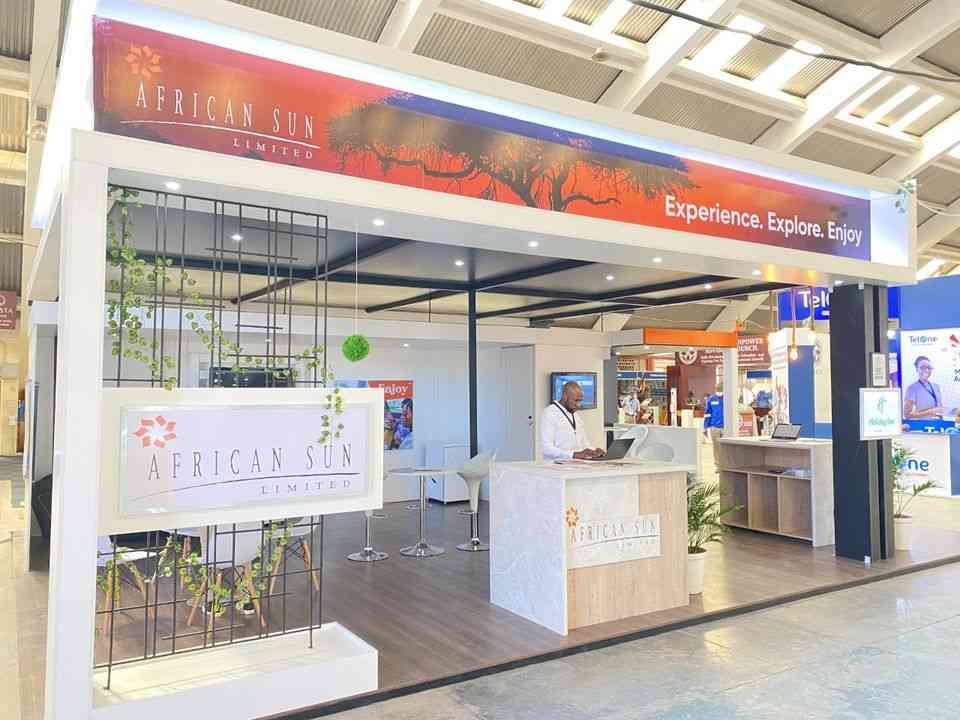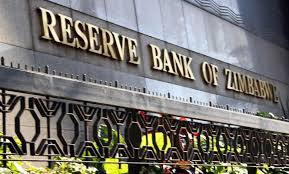
African Sun Limited released interim results that were marked by a 17-percentage point increase in the occupancy rate to 41% compared to the first six months of 2021. The uptick also gives insight into the recovery of the tourism and hospitality sector of Zimbabwe considering that the sector felt the brunt of the Covid-19 pandemic globally. However, whether the recovery will maintain its pace is a question that continues to linger.
In order to understand the state of the tourism and hospitality sector we look back four decades. When Zimbabwe achieved independence in 1980, the sector had been receiving roughly 260 000 arrivals annually.
Traffic improved between 1985 and 2000, as numbers increased from about 260,000 to about 2,2 million per year. The numbers plateaued at 2,5 million arrivals shortly after the land reform in 2001 and became quite sensitive to election runs between 2000 and 2011. The sector was primed for yet another period of strong growth after the GNU and move to the stable US dollar between 2012 and 2018, but post-election violence and Covid-19 took the sector back to 1987 levels by the end of 2021.
In the last two decades, tourist arrivals into Zimbabwe have increasingly come from the African continent. In 2001, 73% of tourist arrivals came from different countries within Africa and this has steadily increased to 89% in 2021 in a worrying revelation about the withering allure of Zimbabwe as a leisure destination to overseas tourists.
However, with the worst of Covid-19 behind Zimbabwe and several countries, we have seen the national hotel occupancy rate bounce back. We did a statistical inference exercise to ascertain the level of tourist arrival in 2022 using the very strong relationships between national hotel occupancy levels, African Sun’s occupancies and tourist arrivals. These relationships were quantified
using regression analysis, and the results served as the basis for our year-end tourist arrivals forecast of 1,5 million. The forecast indicates a recovery of 304% compared to 2021 albeit below the country’s record of 2,6 million arrivals recorded in 2018.
We identify the ease in entry requirements in Zimbabwe’s ports of entry as well as a recovery of several economies post-Covid-19 as supporting evidence for the forecast. In March 2022, Zimbabwe scrapped the mandatory PCR requirement of a negative PCR Covid-19 test certificate which was more onerous than it was expensive for cross-border travellers. In addition, the resumption of economic activity in Zimbabwe and abroad also supported the improvement in disposable incomes and, in turn, leisure spend. In global markets, this has been associated with revenge spending, but no concrete evidence of this phenomenon has been documented in Zimbabwe.
That said, we opine that the sector’s upbeat recovery will contend with the upcoming elections and global recession fears.
- Young entrepreneur dreams big
- Chibuku NeShamwari holds onto ethos of culture
- Health talk: Be wary of measles, its a deadly disease
- Macheso, Dhewa inspired me: Chinembiri
Keep Reading
We reiterate that tourist arrivals into the country slumped during several election years between 2000 and 2020, and 2023 will likely be no exception to the trend. We are likely to see the US issuing a travel warning for its Zimbabwe-bound citizens at the first whiff of election-related violence that will drive perceptions and, subsequently, traffic into the country even by non-US tourists.
Recession fears continue to grow after the US increased interest rates for the fifth time this year to a 3% - 3,25% range in a bid to contain inflation. This has resulted in the US dollar’s strong appreciation against many currencies and many of the US trade partners such as China have bemoaned the choking import bill. Several economies have also increased interest rates, and this has slowed down the global economy’s post-Covid-19 recovery. Major economies such as the US and eurozone have hinted that more rate hikes will be announced in the future until inflation is tamed, and this has fanned the fears of another global recession in the coming months.
The subsequent negative impact on global aggregate demand will likely affect tourist arrivals. According to Nguyen (2022), tourism in the ASEAN region was found to be very income elastic, such that a $1 decline in disposable income can result in as much as a $1,76 decline in tourism and leisure spend. Given Zimbabwe’s relatively lower attractiveness to ASEAN, we opine that this income elasticity factor will be much higher for the southern African country.
With the above in mind, we believe that the local tourism sector’s recovery will falter in the face of the mounting headwinds in 2023. Despite the government’s effort to support the sector, we opine that a recovery back to pre-Covid-19 levels will continue to elude the sector for at least another two years. For investors and investment managers who are mandated to maintain exposure in the sector, we recommend a switch from RTG to African Sun as the latter has more upside potential than the former.
Mtutu is a research analyst at Morgan & Co. — tafara@morganzim.com or +263 774 795 854










